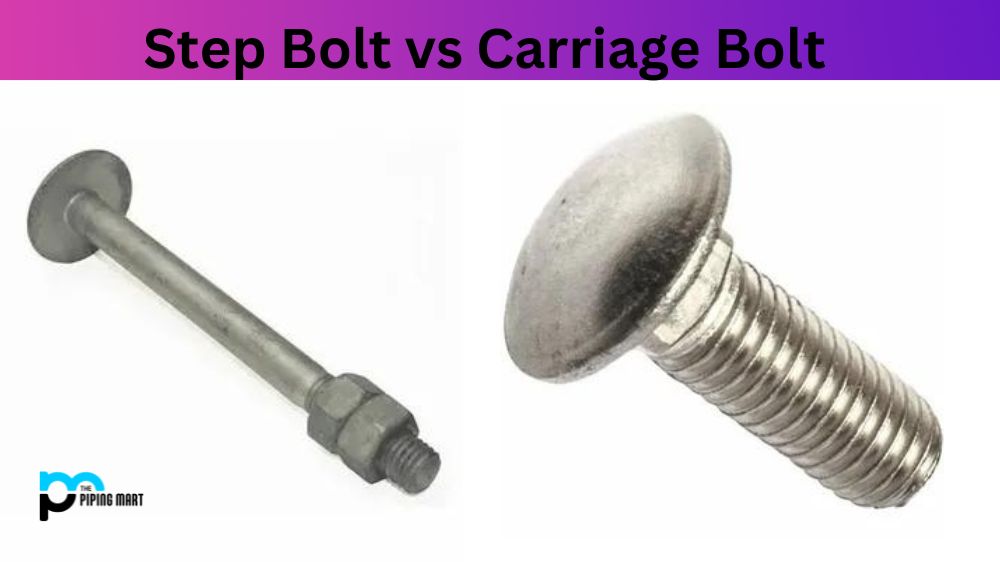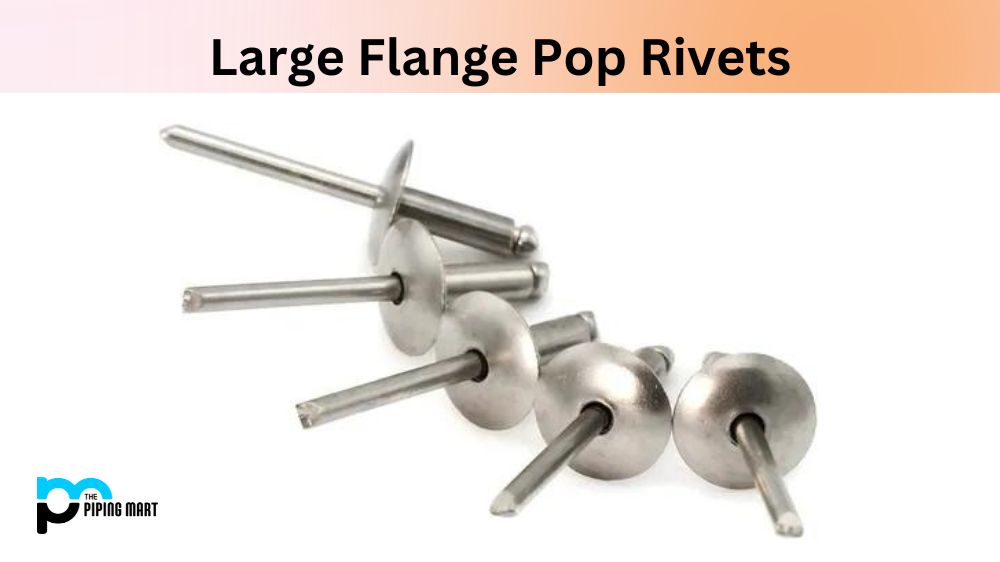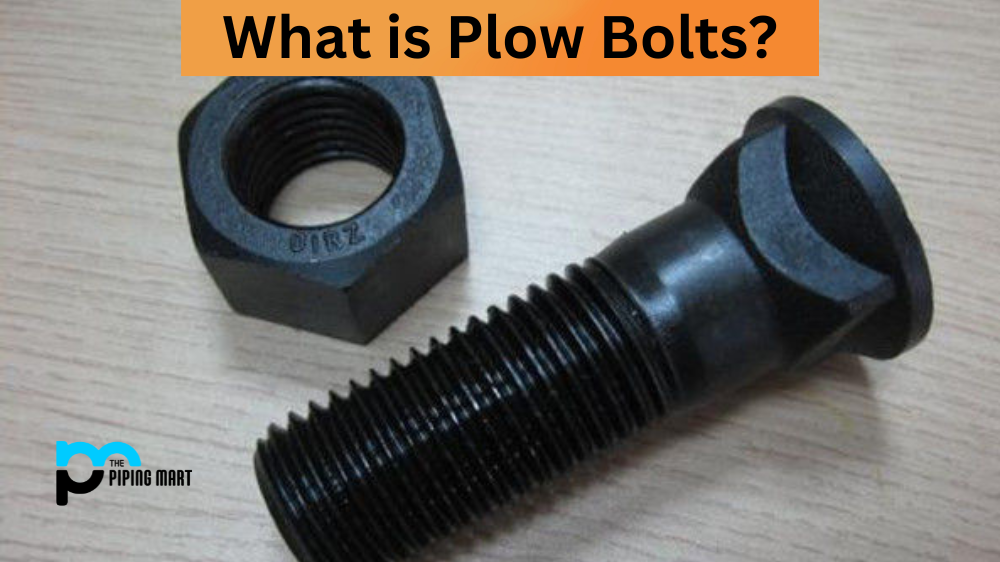Bolts play a vital role in constructing various structures and equipment. When fastening two objects together, bolts are undoubtedly the go-to option for most people. However, choosing the right type of bolt for a specific task can sometimes be challenging. Two of the most commonly used bolts are the step and carriage bolts. But what exactly are these bolts, and what sets them apart from each other? In this blog post, we’ll explore the difference between step bolts and carriage bolts so you can make an informed decision for your next project.
What is Step Bolt?
Step Bolts are a fastener similar to a screw but with one major difference. They have an external thread that is wrapped around the shank. This allows them to be tightened and loosened without needing a nut or other tool, making them ideal for applications where materials may need to be replaced or altered frequently. Another plus is that they are much easier and faster to install than traditional screws.
What is Carriage Bolt?
Carriage bolts, also called coach bolts, are a type of fastener featuring a square or counter-sunk head and a threaded shaft with a smooth cylindrical body. They are designed to use an externally threaded nut or tapped hole for secure applications. It is commonly used to construct furniture, wooden structures, boats, and many other projects requiring strong 3/8″ diameter connections.
Difference Between Step Bolt and Carriage Bolt
Design and Shape
The design and shape of a step bolt and a carriage bolt are the first noticeable differences when comparing the two bolts. Step bolts, or lag bolts, have a tapered end and a smooth surface below the head. The threads are raised above the smooth surface and run the entire bolt length. On the other hand, carriage bolts have a square neck, and the head is raised. The threads extend from the head’s underside to the bolt’s end. The square shoulder prevents the bolt from spinning once inserted into a hole.
Purpose
Both bolts are used for different purposes, so selecting the right bolt for the job is essential. Step bolts are designed to be used with wood and other soft materials. They work by embedding into the wood’s surface, creating a tight grip. Carriage bolts are best suited for metal and other harder materials. They are used to fasten two metal pieces together, and the square neck keeps the bolt from turning.
Installation
Another difference between step bolts and carriage bolts is their installation method. Step bolts require a pilot hole to be drilled, which is slightly smaller than the diameter of the screw thread but larger than the smooth shaft. They are then screwed into the wood using a wrench. Carriage bolts require a hole to be drilled completely through the two fastened materials. The square-shaped neck fits into a square hole to hold the bolt. A washer and nut secure the bolt on the opposite side.
Strength and Durability
Strength and durability are essential when selecting the right bolt for a project. Step bolts are known for their high shear strength and resistance to bending. They are strong and durable enough to hold heavy loads in place. However, carriage bolts are even stronger and more durable than step bolts. They have a higher breaking strength and can withstand high loads and force. Carriage bolts are also less prone to bending or breaking than step bolts.
Cost
The cost is the final factor to consider when comparing step bolts and carriage bolts. Generally, step bolts are less expensive than carriage bolts. Step bolts are used primarily in wooden structures and are often sold in bulk. Carriage bolts, on the other hand, are usually sold as individual pieces, and their higher quality and strength make them a bit more expensive.
Conclusion:
In conclusion, step and carriage bolts are two entirely different bolts with different purposes, designs, and installation methods. Step bolts are intended for use in wooden structures, are easy to install, cost-effective, and have good shear strength. Carriage bolts, on the other hand, are used in heavy applications and are stronger, more durable, and capable of withstanding high loads. Hopefully, this blog post has helped you learn the difference between the bolts so you can make an informed decision for your next project.

A passionate metal industry expert and blogger. With over 5 years of experience in the field, Palak brings a wealth of knowledge and insight to her writing. Whether discussing the latest trends in the metal industry or sharing tips, she is dedicated to helping others succeed in the metal industry.




